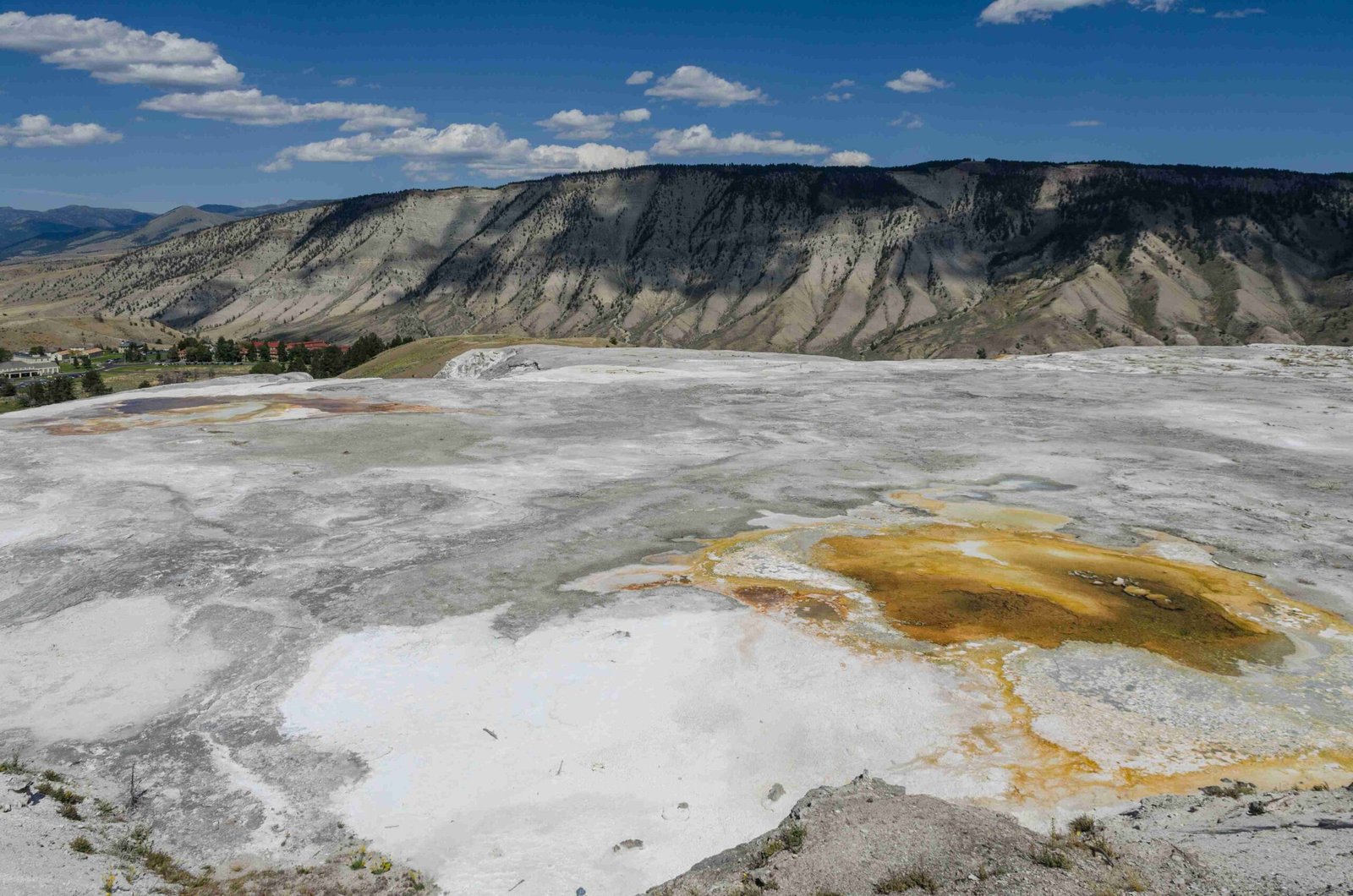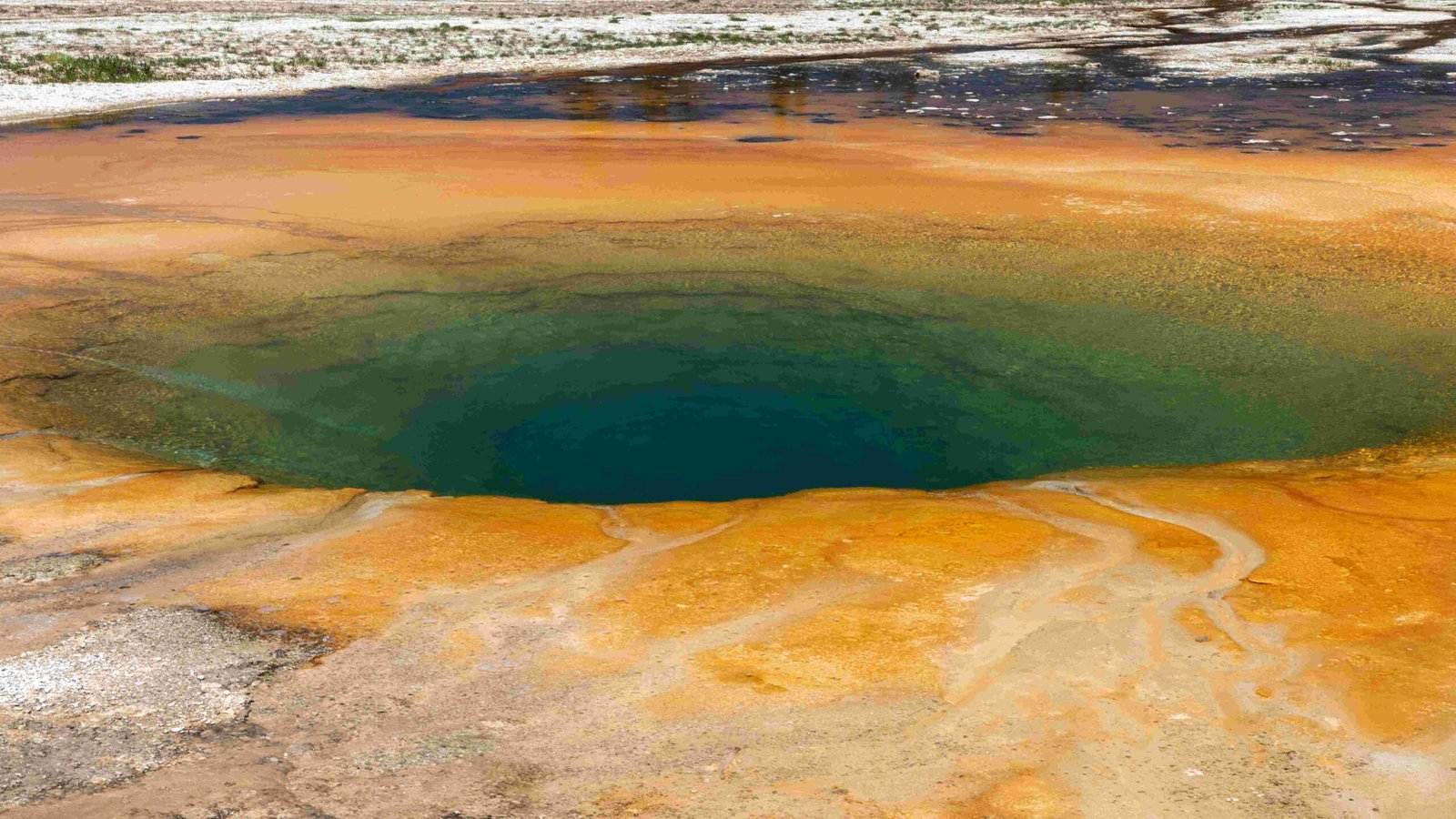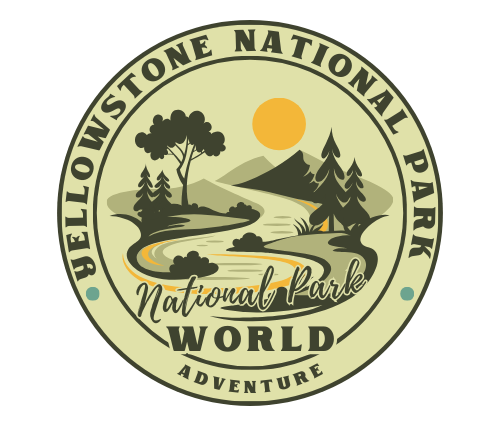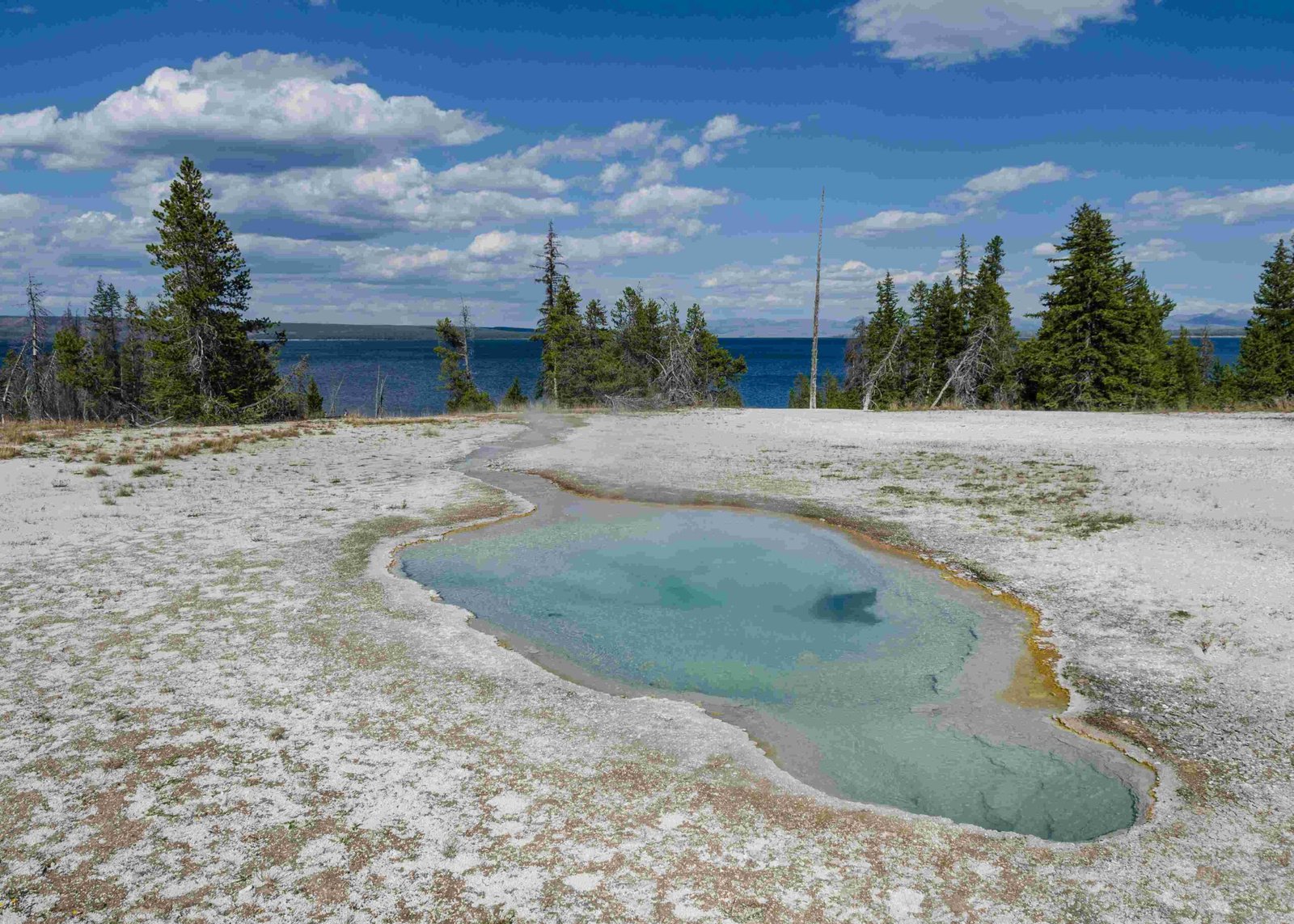Yellowstone National Park, home to one of the world’s largest active volcanic systems, offers unparalleled opportunities for volcano flow sightseeing. The park’s caldera, formed by massive eruptions over the past 2.1 million years, showcases a diverse array of geothermal features, including geysers, hot springs, and lava flows. This guide provides essential information for visitors seeking to explore the park’s volcanic wonders, from the best viewpoints to guided tours and safety considerations.
Exploring Yellowstone’s volcanic features requires careful planning and knowledge of the best routes and viewpoints. Here are some top locations for volcano flow sightseeing:
Where Can You See the Yellowstone Caldera?

- Dunraven Pass: Offers panoramic views of the northern part of the Yellowstone Caldera.
- Canyon Village: Located within the caldera, providing access to various trails and viewpoints.
- Mud Volcano Area: Close to the Sour Creek Dome resurgent dome, showcasing geothermal features.
- Hayden Valley: Home to a prominent resurgent dome, accessible via the Grand Loop Road.
- Old Faithful: Near a resurgent dome, offering views of dynamic geologic features.
How Accessible Are These Viewpoints?

Most viewpoints are accessible via the Grand Loop Road, which spans 142 miles through the park. Many locations have turnouts and parking areas for easy access. For those seeking a more immersive experience, hiking trails like the Lake Overlook Trail (2 miles round-trip) and Elephant Back Mountain trail (3 miles round-trip) offer stunning views of the caldera and surrounding landscape.
What Are the Most Significant Geysers in Yellowstone National Park?
Yellowstone is home to numerous geysers, each with its unique characteristics. Here are some of the most notable:
| Geyser Name | Eruption Schedule | Average Height | Location |
|---|---|---|---|
| Old Faithful | Every 90 minutes (approx.) | 100-185 feet | Near Old Faithful Visitor Education Center |
| Steamboat Geyser | Unpredictable | Up to 300 feet | Norris Geyser Basin |
| Grand Geyser | Every 8-12 hours | Up to 200 feet | Upper Geyser Basin |
What Is the Current Volcanic Activity and Monitoring in Yellowstone?
Yellowstone remains volcanically active, with ongoing ground deformation and seismic activity. The last major eruption occurred about 600,000 years ago, but smaller eruptions and lava flows have occurred since then. The park is continuously monitored by:
- United States Geological Survey (USGS)
- University of Utah Seismograph Stations
- USGS Yellowstone Volcano Observatory
These organizations track seismic activity, ground deformation, and changes in geothermal features, providing real-time data and updates.
What Sightseeing Tours Focus on Yellowstone’s Geological Features?
Visitors can choose from various tour options to explore Yellowstone’s geological wonders:
Ranger-Led Tours:
- Offered by the National Park Service
- Duration: Varies from a few hours to full-day tours
- Cost: Often free or included with park admission
- Group Sizes: Limited to ensure quality experience
- Accessibility: Many tours are accessible for visitors with mobility issues
Commercial Tour Operators:
- Offer guided tours focusing on Yellowstone’s geological features
- Duration: Range from half-day to multi-day tours
- Costs: Vary depending on operator and tour type
- Group Sizes: Typically limited for personalized experience
- Accessibility: Options range from challenging hikes to more accessible tours
What Safety Precautions Should Visitors Take When Volcano Flow Sightseeing?
When exploring Yellowstone’s volcanic features, safety should be a top priority:
- Stay on designated boardwalks and trails
- Keep a safe distance from thermal features
- Do not touch or attempt to collect samples from any geothermal area
- Be aware of wildlife and maintain a safe distance
- Carry plenty of water and sun protection
- Follow park ranger instructions and heed all warning signs
By following these guidelines, visitors can safely enjoy the unique volcanic landscape of Yellowstone National Park while preserving its natural beauty for future generations.
References:
1. https://www.nps.gov/parkhistory/online_books/geology/publications/bul/1347/sec3.htm
2. https://www.nps.gov/thingstodo/yell-mud-volcano-trails.htm
3. https://www.yellowstoneparknet.com/nature/yellowstone_caldera.php

